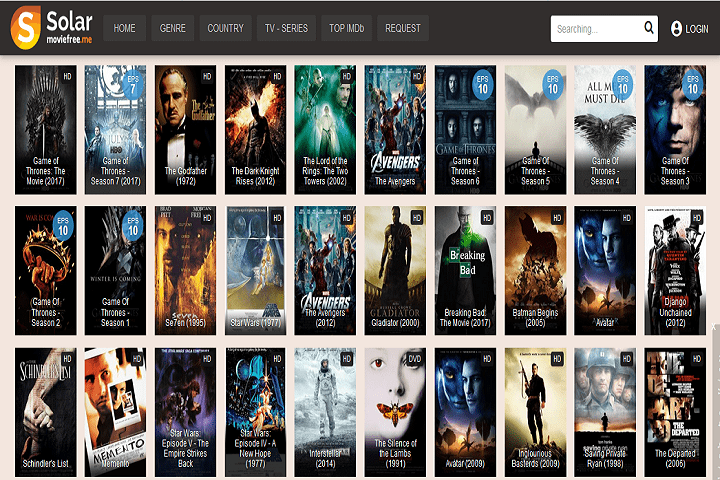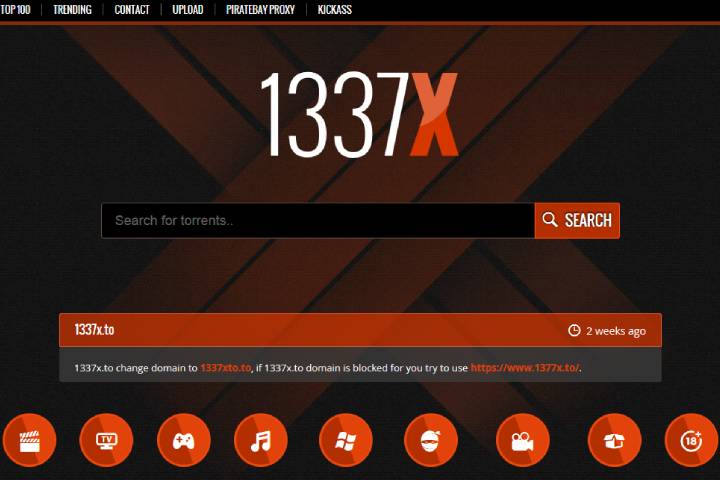Business
How To Create A Seamless Checkout Experience
Ultimately, a seamless and positive checkout experience can boost customer satisfaction and create a stronger association with your brand.
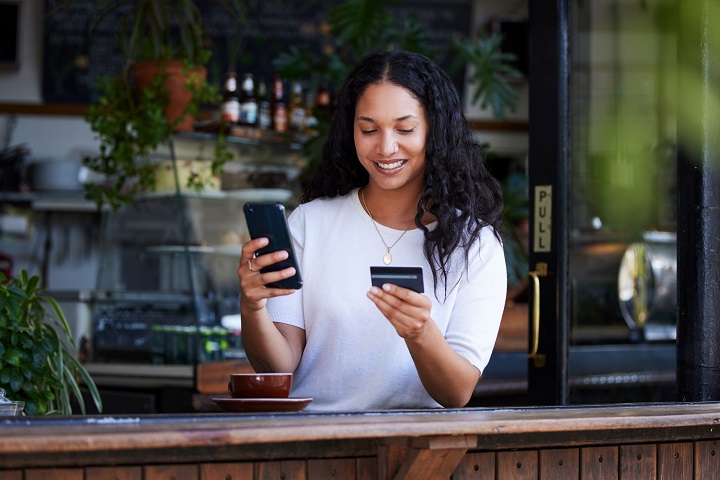
The checkout process is an integral part of the customer journey, significantly influencing purchasing decisions. An ideally designed checkout page can streamline the buying experience, leading to an increase in conversion rates.
Moreover, a well-organized, intuitive checkout experience can motivate customers to complete their transactions, enhancing the abandoned cart recovery rate. Ultimately, a seamless and positive checkout experience can boost customer satisfaction and create a stronger association with your brand.
This connection often translates into repeat purchases and invaluable word-of-mouth referrals from satisfied customers. If these are your business goals, then read on for five excellent ways to create a seamless checkout experience.
Table of Contents
1. Provide More Payment Options
Diversifying payment options is critical to facilitating a smooth and flexible customer checkout process. By accommodating various payment methods, you cater to various customer preferences. Traditional credit and debit card payments, digital wallets, bank transfers, and even options like cash on delivery should be considered.
It’s important to understand that payment preferences can vary significantly depending on your target audience and their geographical location. For example, customers from different regions may prefer specific local payment methods. By offering these options, you demonstrate respect and understanding of your customer’s needs and preferences, which can significantly boost your conversion rates.
Lastly, remember that security is a paramount concern regarding online transactions. Ensure all your payment options are secured and trusted to prevent potential data breaches or ecommerce fraud. Transparency about security measures can build customer trust and encourage more transactions.
2. Ensure Your Checkout Page Is Mobile-Friendly
With the rapid rise in mobile device usage, ensuring that your checkout page is mobile-friendly is more important than ever. Users should be able to navigate your checkout page easily, fill in their details, and complete the purchase without experiencing any glitches or frustrations, regardless of their device.
A mobile-friendly checkout page is not just about compatibility but also about design. The design must be intuitive, with clear calls to action and minimal input fields. Moreover, the text and buttons should be sufficiently large to facilitate easy touch interactions.
Testing is vital in ensuring mobile friendliness. Regularly test your checkout process on different devices and browsers to spot any issues. Remember, a smooth mobile checkout experience can increase conversions and customer satisfaction.
3. Allow Guest Checkout
While it’s beneficial for businesses to have customers create accounts for future marketing and retargeting, it’s important to respect the customer’s choice. Mandatory account creation can deter customers, causing them to abandon their carts and reducing your conversion rates.
Offering a guest checkout option can enhance the user experience by speeding up the checkout process. It caters to customers in a hurry or those who don’t want to commit to an account. While you can still encourage account creation by highlighting its benefits, the choice should ultimately be left to the customer.
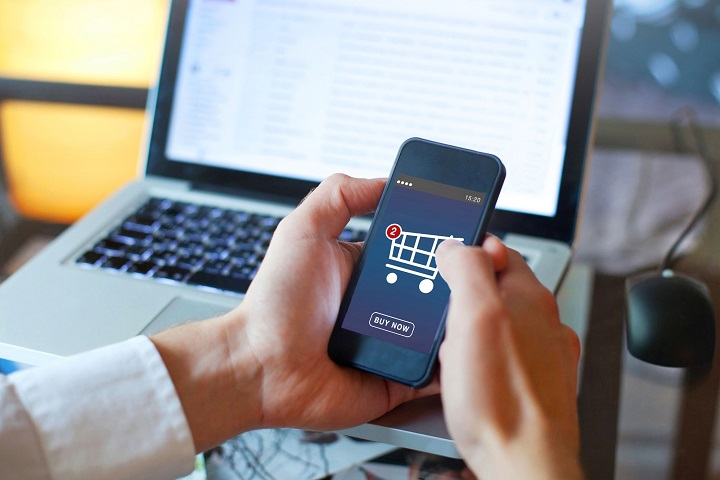
Remember, the aim is to reduce barriers to purchase. A simple and straightforward guest checkout process can significantly improve your conversion rates and customer satisfaction, even if it means potentially missing out on gathering some customer data.
4. Create A One-Page Checkout Page
A one-page checkout design is a strategy that can streamline your checkout process by minimizing the number of steps needed to complete a purchase. This approach reduces the likelihood of customers abandoning their carts due to a complicated or lengthy checkout process.
A one-page checkout page should include essential fields such as billing and shipping information, payment methods, and an order summary. This page should be designed with simplicity and user-friendliness in mind. Also, use auto-fill features where possible to speed up the process.
Bear in mind that this strategy doesn’t suit every business. For example, businesses with a large number of stock-keeping units or complex shipping rules might need more pages for a comprehensive checkout process. However, if a one-page checkout fits your business model, it can significantly improve the user experience and conversion rates.
5. Utilize “Buy Now” Buttons
‘Buy Now’ buttons can greatly enhance the user experience by offering a quick and straightforward way to make a purchase. These buttons allow customers to bypass the traditional shopping cart route, facilitating an immediate checkout process.
When implementing the ‘Buy Now’ buttons, ensure they are placed strategically. They should be easily visible, usually close to the product details. Additionally, their design should be compelling and consistent with your brand identity to attract customers’ attention.
However, while the ‘Buy Now’ buttons can accelerate checkout, they should be used thoughtfully. For some customers, particularly those intending to buy multiple items, the traditional cart process might still be preferable. Therefore, ensure you offer both options to cater to different shopping styles.
Also, be aware that the ‘Buy Now’ buttons require a robust system in the background to ensure a seamless and secure immediate transaction. Balancing convenience and security is the key to the effective utilization of the ‘Buy Now’ buttons.
Conclusion
Optimizing the checkout process is integral to boosting conversion rates and customer satisfaction. Diverse payment options, a mobile-friendly design, guest checkout options, and streamlined processes such as a one-page checkout or ‘Buy Now’ buttons all contribute to a user-friendly buying experience.
Remember that it’s crucial to balance customer convenience with robust security measures and to cater to varying customer preferences. When implemented effectively, these strategies can significantly improve your business’s performance and customer retention.
Business
Navigating the Process of Selling Deceased Estate Shares
This article aims to provide a comprehensive guide to selling shares from a deceased estate. Process of Selling Deceased Estate Shares.

Table of Contents
1. Understanding the Basics of Selling Deceased Estate Shares
Dealing with a deceased estate can be a challenging and emotional process, especially when it comes to handling financial assets like shares. This article aims to provide a comprehensive guide to selling shares from a deceased estate.
2. What are Deceased Estate Shares?
Deceased estate shares refer to the stocks and shares that were owned by an individual who has passed away. These shares become part of the deceased’s estate and are subject to the terms of their will or estate plan.
3. The Importance of Valuing the Shares
The first step in selling deceased estate shares is to obtain a current valuation. This valuation is crucial for several reasons: it helps in distributing the estate among beneficiaries, it may be necessary for tax purposes, and it gives an idea of the market value of the shares.
4. Legal Requirements and Executor Responsibilities
The executor of the estate plays a pivotal role in the management and distribution of the deceased’s assets. This section will cover the legal responsibilities and steps the executor needs to take to lawfully sell the shares.
5. Obtaining Probate
Before any action can be taken with the shares, it’s often necessary to obtain probate. Probate is a legal process that confirms the executor’s authority to deal with the deceased’s assets.
Transferring Shares into the Executor’s Name
Once probate is granted, shares may need to be transferred into the name of the executor. This process varies depending on the company and the type of shares.
6. The Process of Selling Shares
After completing legal formalities, the executor can proceed with selling the shares. This section will outline the steps involved in this process, including choosing a brokerage or financial service, understanding market conditions, and making informed decisions.
Deciding on the Right Time to Sell
Timing can significantly impact the returns from selling shares. Executors need to consider market conditions and financial advice to determine the best time to sell.
Completing the Sale
This subsection will detail the actual process of selling shares, including placing orders, handling transaction fees, and ensuring all regulatory requirements are met.

7. Navigating Tax Implications and Reporting
Managing tax obligations is a critical aspect of selling deceased estate shares. This section will explain the potential tax implications and the importance of accurate reporting for both capital gains tax and inheritance tax considerations.
Understanding Capital Gains Tax Responsibilities
When shares are sold, any profit made from the time of the deceased’s passing to the sale date may be subject to capital gains tax. Executors need to be aware of these implications and plan accordingly.
Inheritance Tax Considerations
In some jurisdictions, the value of the deceased estate’s shares might impact inheritance tax calculations. It’s essential for executors to understand these aspects in order to ensure compliance with tax laws.
8. Common Challenges and How to Overcome Them
Selling deceased estate shares can present unique challenges. This section will discuss common issues such as disputed wills, fragmented information about the shares, and market volatility.
Dealing with Disputed Wills and Beneficiary Disagreements
Disputes over the will or disagreements among beneficiaries can complicate the process. Executors must handle these situations delicately and legally.
Managing Market Volatility
Shares can be subject to market fluctuations. Executors should be prepared for this volatility and may need to consult financial advisors to navigate these waters effectively.
9. Tips for Executors Handling Deceased Estate Shares
This section will provide practical advice for executors, including the importance of seeking professional advice, keeping thorough records, and communicating clearly with beneficiaries.
Seeking Professional Financial and Legal Advice
The complexity of selling shares from a deceased estate often necessitates professional advice. This can range from legal counsel to financial advisory services.
Record Keeping and Communication with Beneficiaries
Maintaining transparent and thorough records is crucial. Executors should also prioritize clear and consistent communication with all beneficiaries to avoid misunderstandings.
Conclusion
Selling shares from a deceased estate is a responsibility that requires careful attention to legal, financial, and interpersonal dynamics. By understanding the process, staying informed about tax obligations, and tackling challenges head-on, executors can fulfill their duties effectively and respectfully.
-
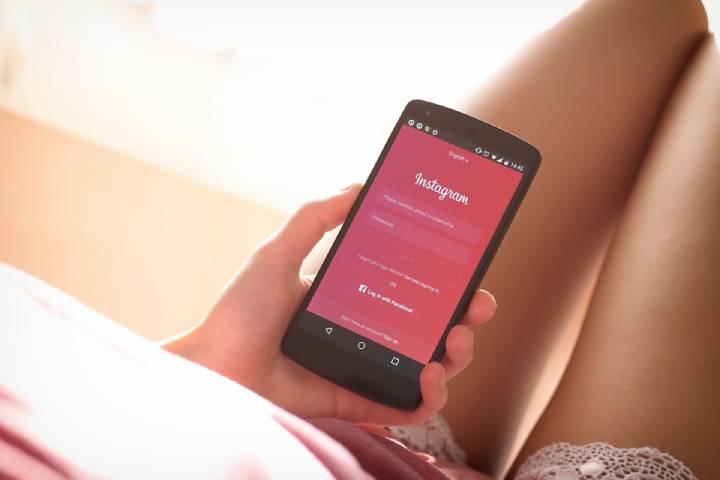
 Instagram4 years ago
Instagram4 years agoBuy IG likes and buy organic Instagram followers: where to buy them and how?
-
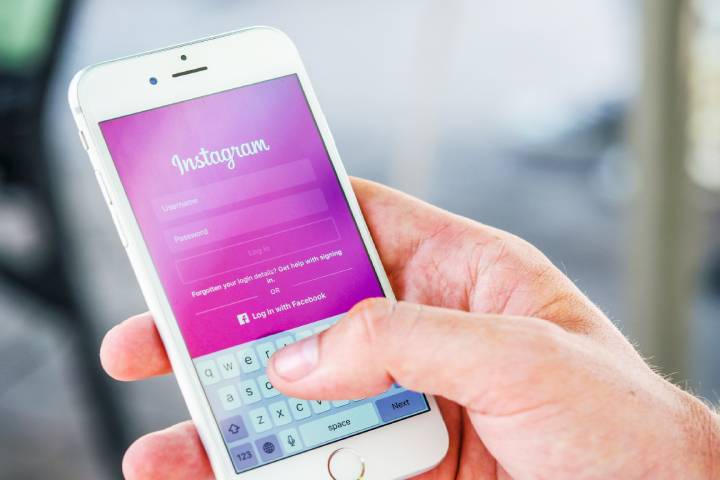
 Instagram4 years ago
Instagram4 years ago100% Genuine Instagram Followers & Likes with Guaranteed Tool
-

 Business5 years ago
Business5 years ago7 Must Have Digital Marketing Tools For Your Small Businesses
-
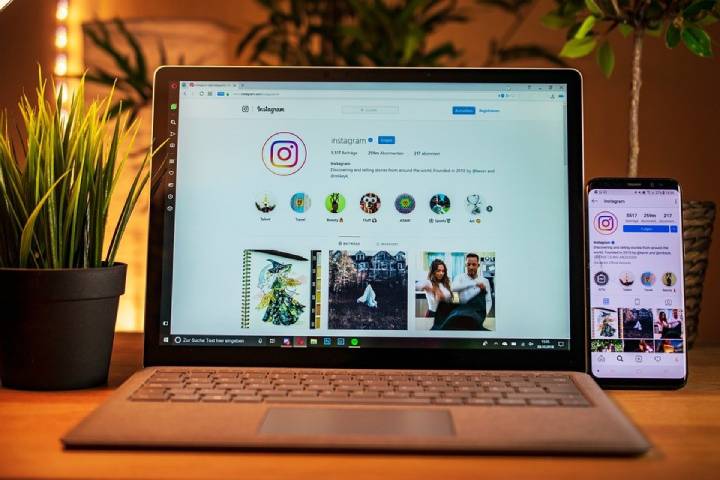
 Instagram4 years ago
Instagram4 years agoInstagram Followers And Likes – Online Social Media Platform












